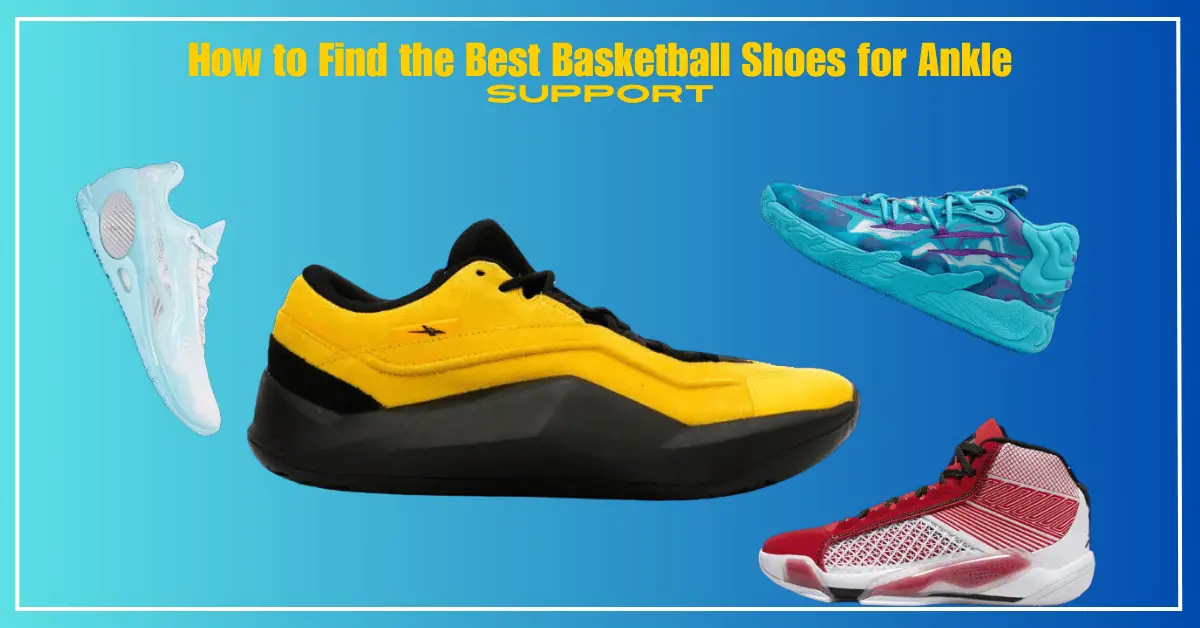Whether you are a professional player or a beginner, the best basketball shoes for ankle support can keep you safe from possible injuries and boost performance. Basketball is a fast-paced game requiring quick movements of the feet, sudden stops, and starts, and tons of jumping.
Since regular athletic shoes or sneakers are designed for the comfort needed to maintain a good running pace on pavement, these are not suitable for the movements of basketball players.
Have you ever sprained your ankle while playing? Then you know how vital it is to have shoes that completely absorb shocks and can support the entire leg.
Any player stepping onto the basketball court knows it is about having the correct gear. Of all those very important items, a good pair of basketball shoes leads the way. If you roll an ankle-playing ball once, you will know how essential shoes with good ankle support can be.
With so many options out there, how do you make the right choice? Let’s break it down.
Importance of Best Basketball Shoes for Ankle Support
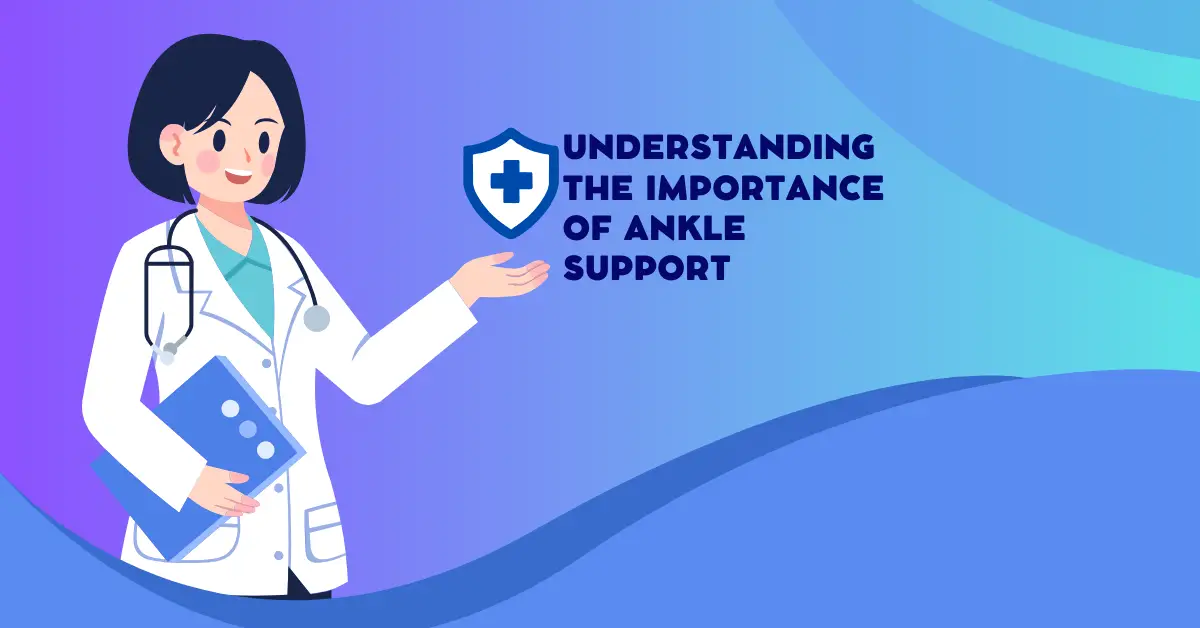
Of all sports, basketball is of high intensity, which involves quick cuts, sudden stops, and high jumps—activities that naturally stress your ankles. If your shoe cannot provide support, then your ankles are in for a sprain or something even worse. That’s why ankle support becomes extremely important in a basketball shoe.
Ankle support is essential in ensuring stability to the foot to avoid inward or far outward rolling. Stabilization will minimize any potential risk of injury and increase your confidence in making sharp movements without hesitation.
What to Look for in the Best Basketball Shoes for Ankle Support?
The right basketball shoes for the ankle support must pay attention to several key features:
1. High-Top Design
High-top design basketball shoes have become quite iconic for a lot of players seeking ankle support. Because of the extended portion above the ankle, they provide added coverage and help hold the ankle in place during lateral movements. Of course, they feel somewhat bulkier than the low tops or mid-tops, but the tradeoff in support can prove well worth it.
2. Cushioning and Comfort
Not only does cushioning serve to provide comfort, but it also serves to protect. For example, in a good pair of shoes, cushioning lessens the shock on the ankles while jumping and sprinting. Look for shoes with advanced cushioning technology that can efficiently absorb shocks, like Nike’s Zoom Air or Adidas Boost, which do a great job of shock absorption while keeping the shoe responsive.
3. Secure Fit
Even the best-designed shoes won’t offer proper support if they don’t fit. Your basketball shoes need to feel snug on your foot, not tight. A snug fit ensures that your foot doesn’t slide around inside the shoe, which can make you roll your ankles. Consider trying on shoes in the late afternoon or evening when your feet are more swollen to get a more realistic fit.
4. Arch Support
Proper support of your arch helps in balancing and putting less pressure on your ankles. Look for shoes designed to provide arch support or consider adding custom orthotics if you have some foot problems, such as flat feet or high arches.
5. Traction
Slips and falls on the court will never be an issue if you get good traction. This is because basketball shoes that come with a solid rubber outsole and multidirectional traction pattern will have an improved grip to run quick stops and changes in direction without any unnecessary stress to your ankles.
What Are Basketball Shoes Made Of?
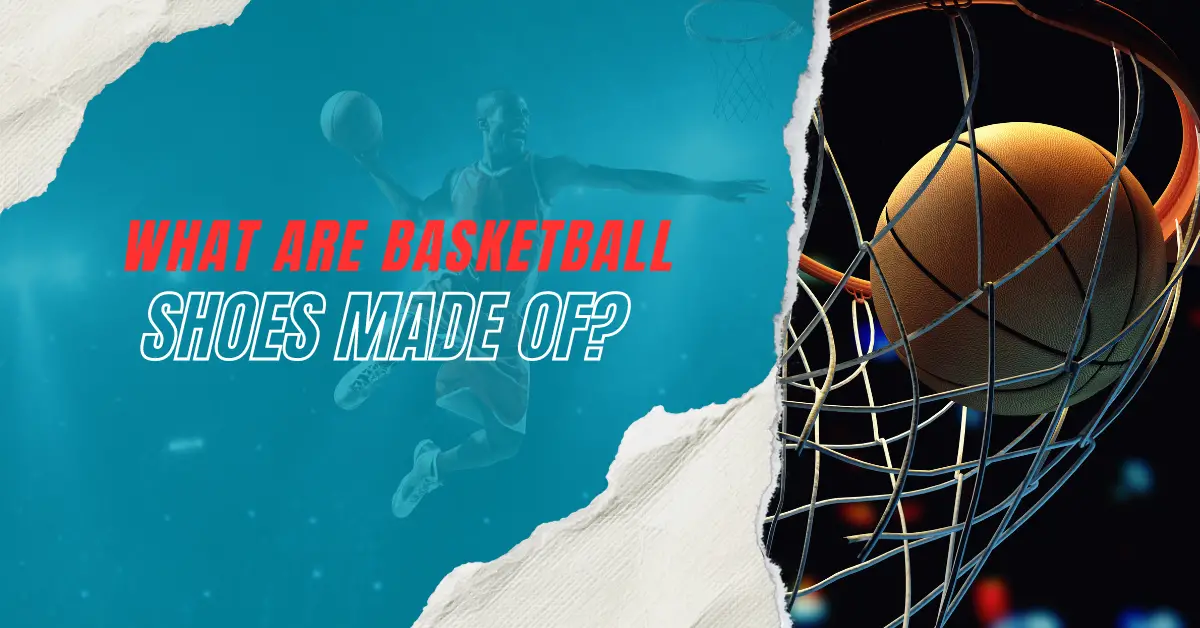
Here are the main materials of basketball shoes:
Synthetic Leather: A material that looks like real leather but is lighter and more resistant; almost all basketball shoes use it as the primary material. Mesh: This is an extremely light, flexible material that allows the passage of air. Many basketball shoes use mesh panels in strategic areas to enhance air circulation and flexibility in the shoe flex.
Cushions: It can absorb the shock. Some high-performance foams even return energy to enhance performance. Almost all basketball shoes have midsoles of foam material, and they also use foam padding on the inside.
Foam: Foam provides cushioning and shock absorption. Most specialized foams also return energy that enhances performance. Most basketball shoes have midsoles made of foam and foam padding on the inside.
Rubber: The great grip and resiliency make rubber a great material for court shoes.
How Should Basketball Shoes Fit?
The shoes must fit snugly without being tight. They should be large enough to wiggle movements on the toes, yet not so wide that they slide around inside the shoe, probably causing blisters. Make sure they also have enough arch support and the foot feels secure in them.
You should not have to overly tighten your shoes to attain a good fit. When trying on shoes, wear the same type of socks, wrappings, and ankle braces that you will play in. Do all of your measurements or try on shoes after a game or practice, or at the end of the day when your feet are a little swollen, to prevent buying shoes that will end up being too small.
When to Replace Basketball Shoes?
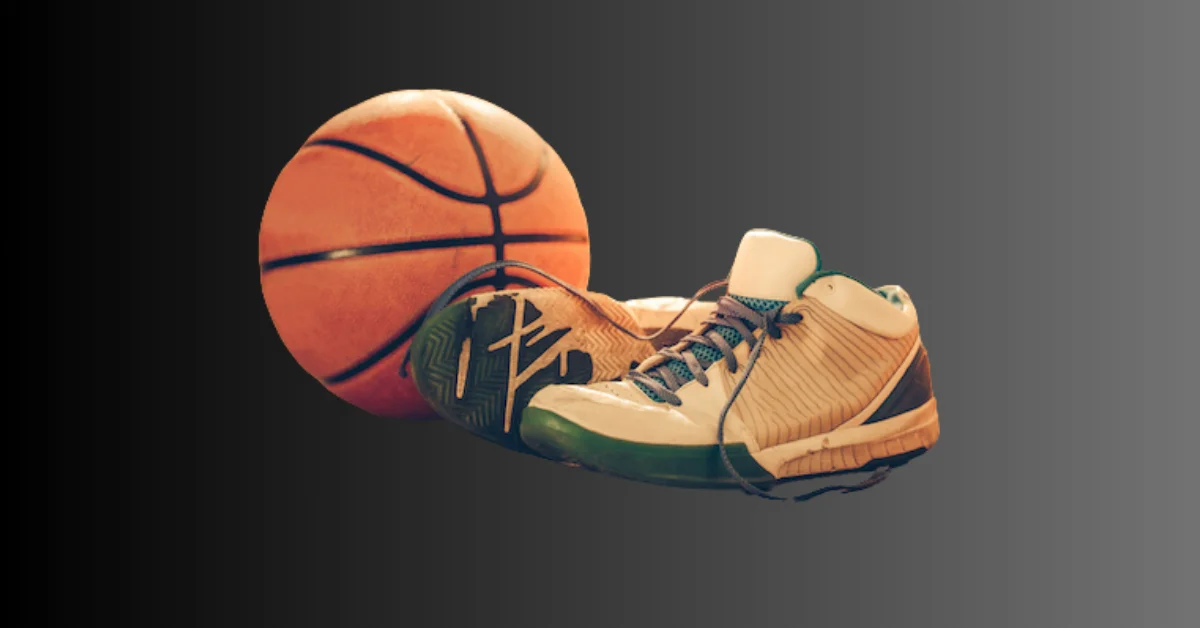
Even with the best care, the time will come when you’ll need new basketball shoes. There isn’t a magic number for replacing your basketball shoes. Depending on playing time, professional basketball players have been known to go through as many as 50 pairs a season.
Think of a very general guideline of between 50-70 hours of practice or playing time for a pair of shoes. But in a real sense, what matters is how often you play, how hard you play, the surface you play on, and you’re playing style.
Check the outsole for wear to this shoe. If the treads look worn down, then they won’t have the same level of traction anymore; it’s time to replace them. Here are other signs it is time to replace your basketball shoes: Visible damage to the outside of the shoe Pain or discomfort to your feet, or blisters New pain in your knees or ankles
If you encounter any of these signs or if you feel new pain or soreness, it becomes the perfect time to have your basketball shoes replaced.
Other Additional Tips for Ankle Injury Prevention
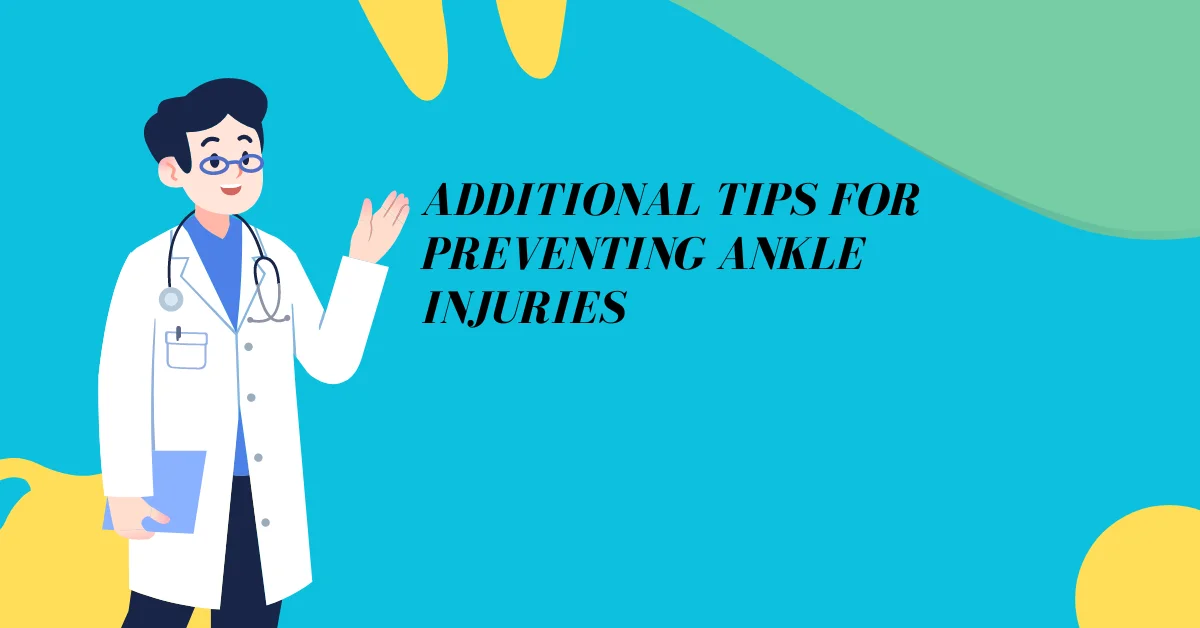
While choosing the right shoes is essential, here are a few more tips to keep your ankles safe:
Warm-Up Properly: Always warm up before playing to loosen your muscles and increase blood flow to your ankles.
Ankle strength and Flexibility: Get some exercises into your routine that are focused on building up ankle strength and flexibility.
Ankle Braces: Think about using ankle braces. If you have previously suffered an injury to your ankles, the use of an ankle brace will add some additional support and help avert re-injuries.
Wrapping Up
The search for the Best Basketball Shoes for Ankle Support involves more than just looking cool in a pair. This is all about your safety on the court and being able to play to the best of your ability. So, get familiar with features like a high-top design, cushioning, secure fit, and good traction—in these features, you’ll be able to find your support shoes. Whether you decide on a top model like the Nike LeBron 18 or the Adidas Dame 7, investing in the right basketball shoes will make a world of difference in performance and ankle health. Lace-up, hit that court, and play confident, knowing your ankles are cared for.

